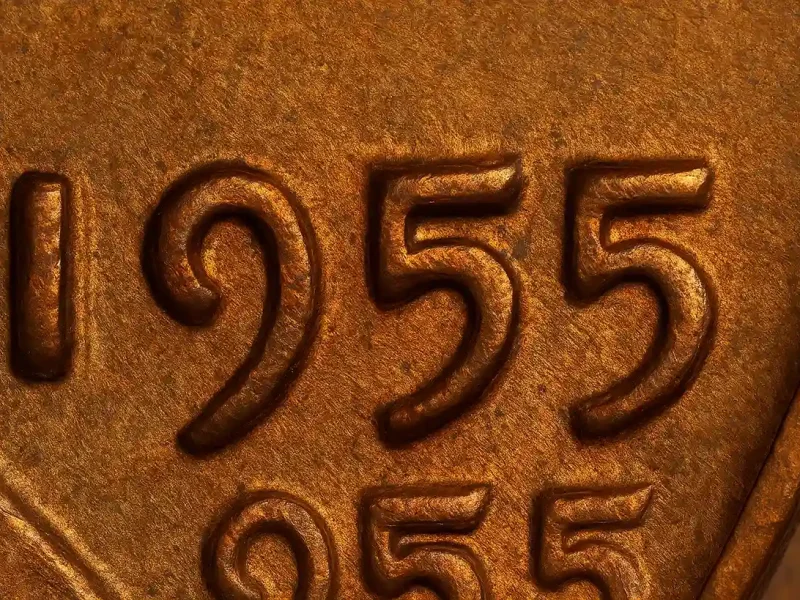Art has been an integral part of human expression since the dawn of civilization. From cave paintings to modern installations, various art movements have emerged over time, reflecting the cultural, social, and political contexts in which they were created. In this article, we will delve into some of these influential movements, examining their key characteristics, notable artists, and lasting impacts on the world of art.

Ancient Art
The history of human art dates back to prehistoric times, with cave paintings such as those found in Lascaux, France, providing evidence of early artistic expression. These intricate depictions of animals and abstract symbols showcase the primitive techniques used by our ancestors. As civilizations developed, ancient art evolved into more sophisticated forms, seen in Egyptian hieroglyphs, Greek sculptures like the Discobolus, and Roman mosaics.
Renaissance Art
The Renaissance period, spanning from the 14th to the early 17th century, marked a significant shift in artistic styles. Artists began to focus on realism and humanism, showcasing the beauty of the natural world and the complexity of human emotions. Key figures such as Leonardo da Vinci, Michelangelo, and Raphael created masterpieces like the Mona Lisa, David, and The School of Athens, respectively. Their innovative techniques, including linear perspective and sfumato, revolutionized the art world.
Impressionism
Emerging in the late 19th century, Impressionism challenged traditional artistic conventions by capturing fleeting moments and the changing effects of light. Artists like Claude Monet, Edgar Degas, and Pierre-Auguste Renoir used loose brushstrokes, bright colors, and unconventional compositions to depict everyday scenes, landscapes, and portraits. Their works, such as Monet’s Water Lilies series and Renoir’s Luncheon of the Boating Party, exemplified a newfound emphasis on personal interpretation and individual style.
Cubism
In the early 20th century, Pablo Picasso and Georges Braque pioneered Cubism, an avant-garde movement that shattered traditional notions of perspective and representation. Cubist artworks, such as Picasso’s Les Demoiselles d’Avignon and Braque’s Violin and Candlestick, fragmented objects into geometric shapes and reassembled them in abstract forms. This radical approach to art reflected the turbulent social and political climate of the time and paved the way for subsequent modern art movements.
Abstract Expressionism
The aftermath of World War II saw the rise of Abstract Expressionism, a movement that emphasized spontaneous, gestural brushstrokes and the artist’s emotional expression. Artists like Jackson Pollock, Willem de Kooning, and Mark Rothko created large-scale canvases dripping with color and energy. Pollock’s action paintings, such as Number 1, 1950 (Lavender Mist), exemplified this movement’s commitment to breaking free from representational art and exploring the subconscious.
Throughout history, various art movements have emerged, each leaving a lasting impact on the world of art. From ancient cave paintings to modern abstract expressions, these movements reflect the ever-evolving nature of human creativity and our ongoing quest for self-expression. By studying and appreciating these diverse artistic styles, we gain valuable insights into the cultural, social, and political contexts that shaped their creation, enriching our understanding of both art and humanity itself.

